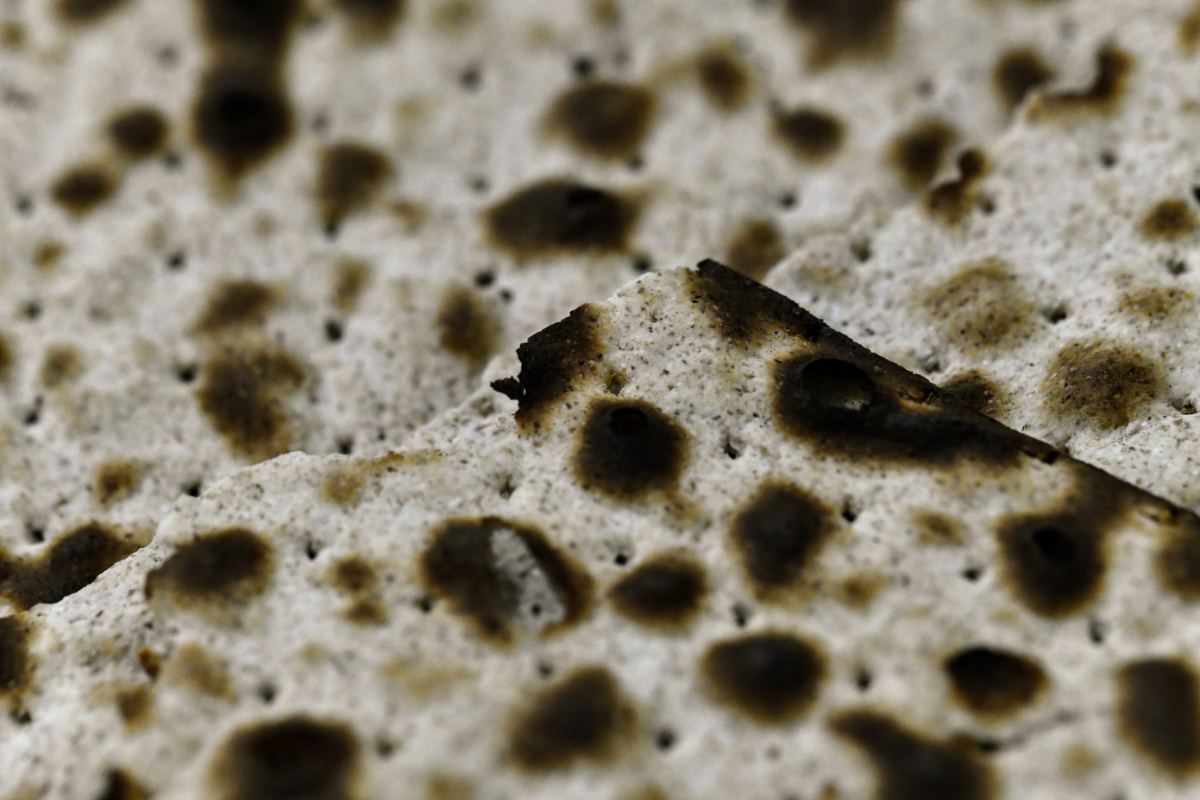Allergies are a common health issue that affects millions of people worldwide, and mold is one of the many allergens that can trigger these reactions. Mold spores are ubiquitous in both indoor and outdoor environments and can cause a range of allergic symptoms, from mild irritations to severe respiratory issues. Effective Mold restoration near me is crucial for reducing mold exposure and providing relief for allergy sufferers. Here’s an in-depth look at how mold restoration near me can help alleviate allergy symptoms and promote healthier indoor environments.
Understanding Mold Allergies
Mold is a type of fungus that thrives in damp, humid conditions. It reproduces by releasing tiny spores into the air, which can be inhaled by humans. For those with mold allergies, these spores can trigger an immune response, leading to symptoms such as:
- Sneezing and Runny Nose
- Coughing and Wheezing
- Itchy or Watery Eyes
- Skin Rashes
- Asthma Attacks
Chronic exposure to mold can exacerbate asthma and other respiratory conditions, making it essential to address mold issues promptly and effectively.
The Importance of Mold restoration near me
Mold restoration near me involves the identification, removal, and prevention of mold growth in indoor environments. Effective remediation not only eliminates existing mold but also addresses the underlying causes of mold proliferation, thereby preventing future growth. This comprehensive approach is vital for providing long-term allergy relief.
Steps in the Mold restoration near me Process
1. Assessment and Testing
The first step in Mold restoration near me is a thorough assessment to determine the extent of the mold problem. This typically involves:
- Visual Inspection: Identifying visible mold growth on walls, ceilings, floors, and other surfaces.
- Moisture Detection: Using moisture meters to locate areas of dampness and water damage.
- Air Quality Testing: Measuring the concentration of mold spores in the air to assess the severity of contamination.
A professional mold inspection can provide a detailed understanding of the mold problem and inform the remediation strategy.
2. Containment
To prevent mold spores from spreading to unaffected areas during remediation, containment measures are implemented. These include:
- Sealing Off Contaminated Areas: Using plastic sheeting and barriers to isolate moldy areas.
- Negative Air Pressure: Employing negative air machines to create a pressure differential that keeps mold spores contained.
- Use of PPE: Ensuring that remediation workers wear personal protective equipment, including masks, gloves, and suits, to prevent exposure to mold.
Containment helps protect both the remediation team and building occupants from mold exposure.
3. Mold Removal
The method of mold removal depends on the type of surfaces and materials affected:
- Non-Porous Surfaces: Can be cleaned with mold-specific detergents and disinfectants.
- Porous Materials: Such as drywall, insulation, and carpeting, may need to be removed and replaced if they are heavily contaminated.
- HEPA Vacuuming: Using High-Efficiency Particulate Air (HEPA) vacuums to remove mold spores from surfaces and the air.
Effective mold removal reduces the number of mold spores in the environment, alleviating allergy symptoms.
4. Drying and Dehumidification
After mold removal, it is crucial to dry the affected areas thoroughly. This involves:
- Using Dehumidifiers: To reduce humidity levels and prevent future mold growth.
- Ensuring Proper Ventilation: To promote air circulation and drying.
Maintaining low humidity levels (below 60%) is essential to prevent mold from returning.
5. Antimicrobial Treatments
Applying antimicrobial treatments to cleaned surfaces can kill any remaining mold spores and inhibit future growth. These treatments provide a long-term barrier against mold, ensuring ongoing allergy relief.
Preventive Measures for Mold Control
Preventing mold growth is key to maintaining a healthy indoor environment and preventing allergy flare-ups. Here are some preventive measures:
- Regular Inspections: Conduct regular checks for signs of mold and moisture issues.
- Prompt Repairs: Address leaks and water damage immediately to prevent mold growth.
- Use of Dehumidifiers: In humid areas, use dehumidifiers to control indoor humidity levels.
- Proper Ventilation: Ensure good ventilation in areas prone to moisture, such as bathrooms, kitchens, and basements.
- HEPA Air Purifiers: Consider using HEPA air purifiers to capture airborne mold spores and improve indoor air quality.
Conclusion
Mold restoration near me is a critical process for providing allergy relief and promoting healthier indoor environments. By thoroughly assessing mold problems, implementing effective containment and removal strategies, and taking preventive measures, Mold restoration near me can significantly reduce mold exposure and alleviate allergy symptoms. For individuals suffering from mold allergies, investing in professional Mold restoration near me can lead to substantial improvements in their quality of life and overall well-being.



